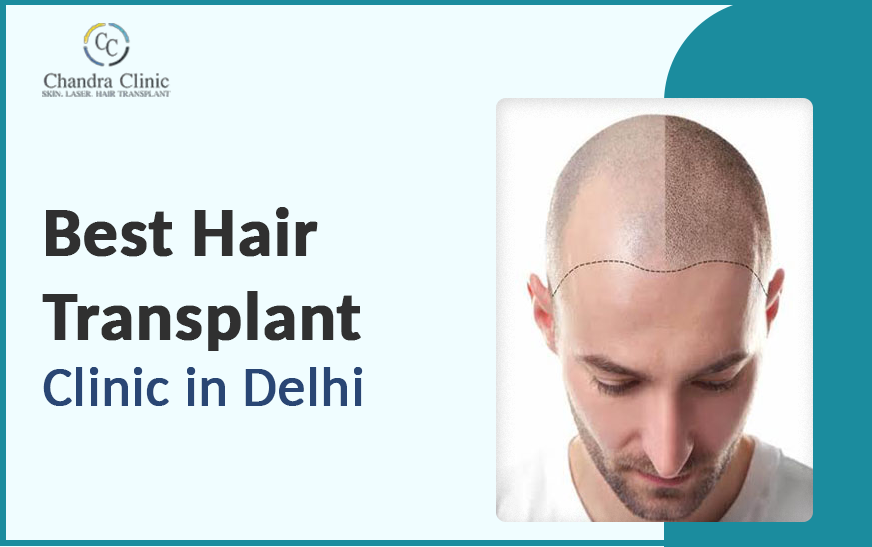
Beards have gained popularity recently, providing men with an alternative to daily shaving. A beard represents masculinity and strength for many individuals, but it can also provide sun protection and prevent allergies from entering the nose. But what if one cannot grow a beard? Perhaps the genes aren’t working in one’s favour, or one has a condition prohibiting one from developing facial hair. The good news is that advances in hair transplant surgery now allow one to have the facial hair one wants. Here are important things one should know about beard hair transplant in Delhi, India.
How Does A Beard Transplant Work?
A beard transplant is a type of hair transplant surgery that, like scalp hair restoration, provides a permanent option for restoring hair to areas of the face where hair development is lacking. The most common beard transplant techniques are follicular unit excision (FUE) and follicular unit transfer (FUT). These specialized procedures involve taking hair follicles from one region, such as the scalp, and transferring them to the targeted parts of the face to produce thicker, denser facial hair.
The surgeon will mark the appropriate location for hair transplant using a surgical marker during the surgery. This allows one to modify the outline and offer one permission before surgery. A local anaesthetic is then administered to numb the surgical site and assure one’s comfort and safety. The donor site hair follicles are extracted individually with a punch technique (FUE method) or in a short strip from the back of the scalp (FUT method). To develop a genuine, fuller beard, each follicular transplant is precisely implanted within the marked-out area and in the correct direction and growth pattern.
From Where Is the Hair That Has Been Transplanted Taken?
Usually extracted from the scalp, transplanted hairs are taken from a steady hair development zone. The thickest and most resemblant hair to beard hair is typically found toward the back of the head. This makes it easier for the surgeon to match the beard hair’s color, texture, and density. However, occasionally, like in the case of pattern baldness, where there might not be enough stable scalp hair, chest or beard hair may be used instead of scalp hair.
What Is the Length of the Process?
A beard transplant can take three to nine hours to complete, depending on the size of the treated area. Facial hair transplantation is a highly skilled surgery.
What Should One Expect Following Surgery?
Although recovery may take several weeks, ultimate outcomes are often anticipated in six to twelve months. It’s wonderful news when one’s transplanted hairs start to fall out 15 to 30 days following the procedure since it indicates that the new hair follicles are simply getting ready for the next growth stage. The hair follicles normally take 90 days to get positioned. The beard will start to cover up about 4 months following surgery, and by 9–12 months, one will have a fully grown beard. The surgeon will review all of the specifics with one regarding hair transplantation, including what to anticipate from the procedure and how to restore hair growth afterwards properly.
Are There Any Hazards or Adverse Reactions?
As with any surgery, there are potential hazards, such as infection, although they are not common with hair transplants. Even though hair usually grows over the donor site over time, scarring is still a risk. Inflammation, light bleeding, and soreness or discomfort at the donor site are possible side effects.
Who Makes a Good Beard Transplant Candidate?
The hair transplant surgeon will review the process and the desired look with the patient to ensure one gets the desired results. They will examine the hair density to ensure it is appropriate for treatment, talk with the patient about their expectations, and go over the benefits and drawbacks of the procedure.
A beard transplant can help one achieve the desired amount of facial hair, provided that the donor area exhibits healthy, steady hair growth. One’s options can be more constrained if one has pattern baldness and wants to undergo beard transplantation.
Because outcomes can differ, it’s essential to set reasonable expectations. The surgeon will discuss the risks with the patient. This will assist the patient in determining whether the procedure is right for them so that they can make an educated choice about their care.
Consult Top Hair Transplant Surgeon in Delhi for Beard Hair Transplant
If one is considering getting a beard hair transplant, contact Chandra Hair Transplant Clinic’s committed team of hair restoration specialists. As a pioneer in hair loss therapy, Dr. Urvashi Chandra, the top hair transplant surgeon in Delhi, has a mission to support one in reaching their continuous goals for healthy, natural-looking hair. The doctor will pay attention to one’s particular hair demands, inform one of the available treatments, and collaborate with one to maintain or repair their hair.
The doctor uses advanced techniques like FUE and BIO-IPT to deliver excellent outcomes. Visit Chandra Clinic now.





















Write a comment ...